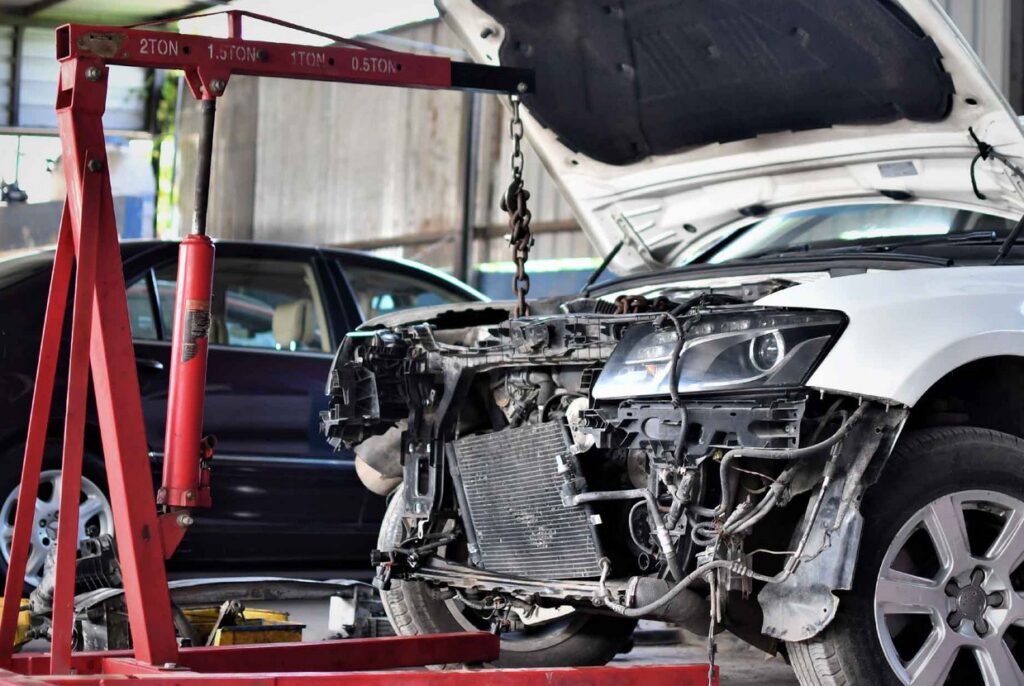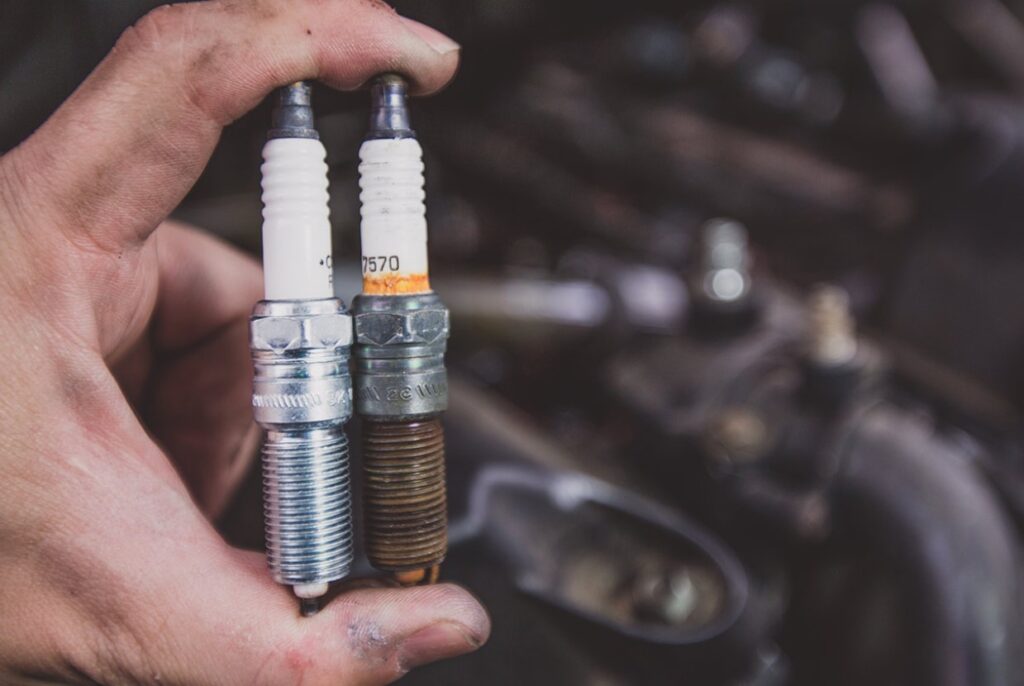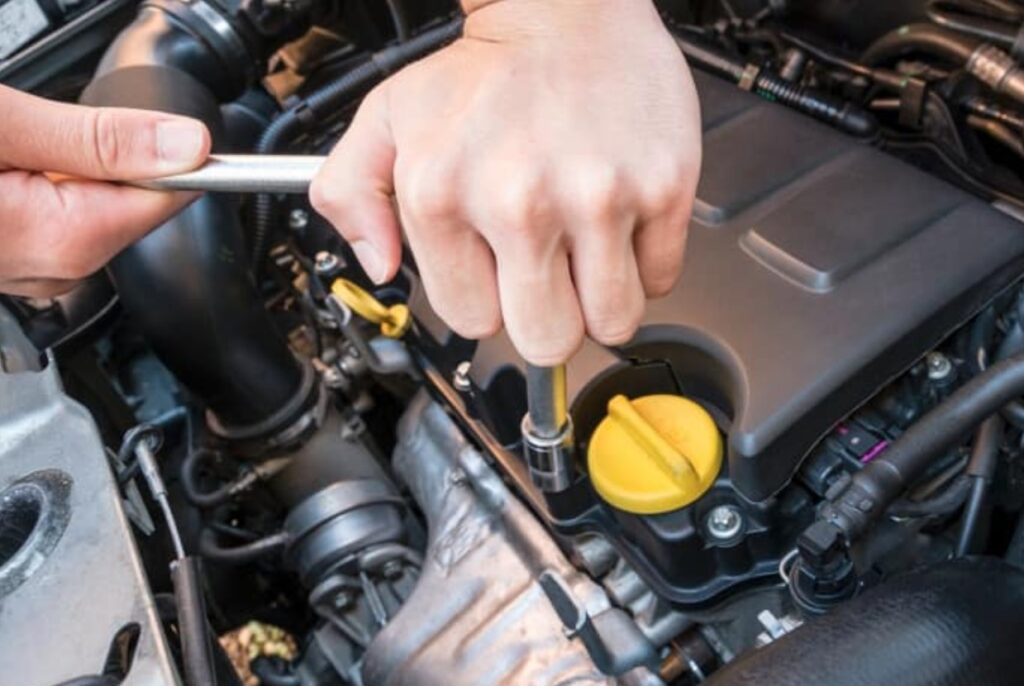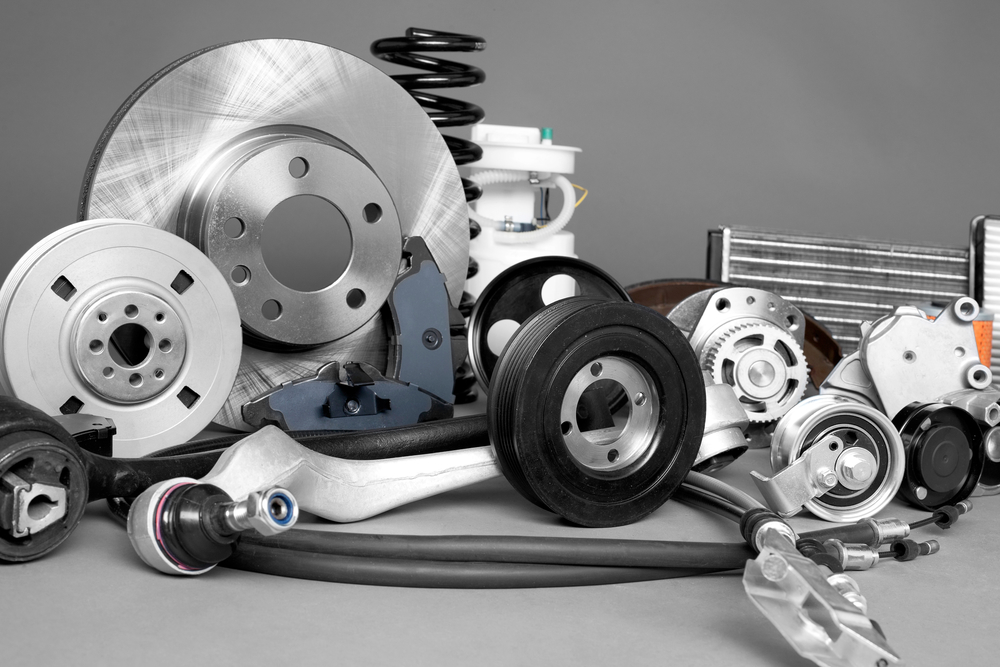The first ride of our lives is a powerful memory that we can have. Sitting and driving a car after either working for it or being gifted is an unparalleled feeling. All this is fun and games, though, until the aspect of price comes into the picture.
If you’re working hard to buy your first car, or if you’re a parent that is working against the budget for a good car as a gift for your son or daughter, did you know that you could half build a vehicle by salvaging parts from a junkyard instead of buying a brand new one? Yes, we understand that it might sound a little cheap on your part, but it’s the thought that counts.
Gifting something that someone else made is all well and good, but what about an object embedded with your sweat and effort? Read more to know about used parts and how you can use them to build a car out of them.
This article will outline the various things you need to know before inspecting car parts and how to do it. Inspecting is an essential process of reinstalling car parts as there can be many risks and dangers if not checked and installed correctly. Therefore, without further ado, let’s get into this!

What To Look For In Used Engines
Before we get into direct inspection of various junkyard parts, we’re going to highlight the multiple things that you need to look for in junkyard parts and engines. If you’re buying a used part off eBay and it seems moderately new, don’t be fooled because whoever sold it to you just tried to make you feel better about the engine.
The outward appearance of the parts, and here precisely the machine, does not mean that it is entirely in mint condition when it comes to the engine’s working. So the first thing that you want to look into is the oil cap. This is because it gives you a candid look inside the engine, which will provide you with an idea of what shape it is in.
A decently good engine’s layering inside the oil cap isn’t usually dark brown or full of oil-baked oil inside it. Looking inside an oil cap is easy and does not require any tools. However, if you have any means, it is probably a good idea to remove the valve cover and get a look inside the engine. Opening up the cap and taking a glance is a peephole view and might not give you the complete picture.
A quick thing to do is to remove the spark plugs and inspect them. Once you pull the pins out, you will want to look for traces of oil contamination. Checking spark plugs is essential because they are the window into the combustion chamber and service history.
A good look into the spark plugs will tell you about the life of the engine.

How To Inspect The Parts
-
Remove each part before inspecting
Removing each part is a step toward being more organized. This will help you inspect it better than checking it from the car itself. Make sure to remove each piece that you want to look into to give you a better idea of what tools to use while inspecting.
-
Tools
The tools are the most crucial catalyst during this process of salvaging parts. This is because there are so many parts of a car, and each one needs a different set of tools. Make sure you carry all your devices to the salvage yard for inspection, as you’re going to have to pay to take the parts back to your garage.

-
Remove the nuts and bolts
The next thing to do is remove the nuts and bolts that go along with every part you want to inspect. Nuts and bolts are the things that hold the entire region together and properly open up the item. You will want to remove the nuts and bolts and segregate them carefully in another place.
-
Stubborn parts
Stubborn attachment is a sign of any buildup likely holding the part in place. However, it sounds like a positive statement. But, like an adhesive, it is not. It only signifies how old the details are. If you have a stubborn bolt on the body of the part, make sure to use a penetrating oil like PB blaster or brake fluid to remove it and then further inspect the amount.

-
Standing water
If you were to see stagnant water in the spark plugs or piston cylinders, move right on or straight up ditch the part you’re inspecting. Water damage is irreversible, and it’s most likely rusted on the inside, which will give you a brief period of productivity once you build it up again.
-
Engine or transmission of collided vehicles
If you’re inspecting the engine or transmission of collided vehicles, you will want to check the mounting bosses with a closer look. It would be best to look for broken parts on the cylinder head or where the engine mounts to the body. Inspect the oil pan and engine block for damage. If you see holes or pieces sticking out on the side of the one you’re inspecting, it is not the engine for you.

-
The dipstick
Most salvage yards remove the fluids from the engines and the transmissions when they lay them out on the salvage yard. Make sure to remove the dipstick from the engine or transmission. This will give you a good idea about the signs of discoloration or contamination that could indicate a problem with the information or the machine.
-
Inspecting manual transmissions
Manual transmission inspection can be checked by hopping inside the vehicle. To inspect it, move the shift lever around and see if it moves smoothly. If it does, well, it is most likely a sound transmission. Next, much like the shift lever, step on the clutch and see if it has any binding or abnormal feeling while doing so.





